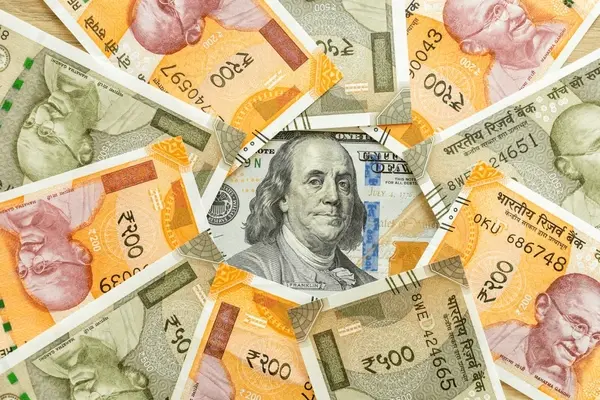The Increasing Cost of Investment in Emerging Markets
- Shreya Tripathi
- Mar 6, 2022
- 3 min read

Emerging markets have enjoyed an increase in foreign investment activity over the last few decades due to their very nature – they are characterised by high growth and high yields. The yields have been higher because the bonds they issue are riskier. Thus, a higher yield compensates the investors on the risk they undertake by investing in such bonds.
However, in a post-COVID world, which is witnessing a rise in worldwide inflation and a subsequent rise in interest rates, emerging markets are entering a new phase – one that has less growth and more risk, with many countries seeing their debt being downgraded. Exacerbating their condition is Russia’s invasion of Ukraine. With countries issuing sanctions against Russia, causing the rouble to fall as much as 29%, emerging markets are experiencing the aftershocks of the crash of the Russian market.
Even before the Russian invasion, emerging markets showed signs of undergoing a stage that is popularly known as ‘stagflation’ – a period characterised by high inflation but little economic growth. A reduction in growth is caused by the tightening of monetary policy by the central bank of countries, which results in an increase in interest rates. This increase is a defence mechanism against the rising inflation to discourage borrowing and consumer spending.
Nations like Brazil and the Czech Republic have adopted what analysts are calling an aggressive approach to the tightening of monetary policy as a pre-emptive measure. Brazil started raising its rate from 2% in March, 2021. In February of this year, the rate was 10.25%, and is predicted to rise to a further 12% in May before decreasing to 11.75% in December. Growth, on the other hand, is expected to slow down to just 0.3% this year. Similarly, in the Czech Republic, the rate is expected to peak at 5% this year, a steep increase from 0.25% in June, 2021.
On the other hand, many economies in Asia, like Malaysia, the Philippines and Indonesia have not faced a very high inflation rate. One possible reason is that the increase in price of rice, the staple food in the aforementioned countries, has been less than the increase in price of wheat, the staple food in other economies.
However, almost all developing countries will be impacted if US increases its interest rates. Historically, a tightening of monetary policy by the Fed has not fared well for emerging markets. One reason is that with US raising its interest rates, it reduces its investments in riskier markets. Moreover, an increase in US interest rates will cause the dollar to rise against other, more volatile currencies in emerging markets. This will make it difficult for them to pay off their dollar-dominated debts, causing them to be considered as an increasingly riskier environment for new investments.
Learning from the crisis they faced in the past, many developing countries have put in place financial buffers to protect their economies from external shocks in the form of budget and current account surpluses and large reserves of foreign exchange. However, these reserves saw a rapid depletion during the pandemic, causing debt to accumulate in their economies. Even though countries like Brazil, South Africa and India have substantial foreign reserves, others like Sri Lanka are on the brink of default. The country has to pay $7bn in debt payments but only has $3bn in foreign reserves. The government is trying to revive exports and tourism, but bondholders believe that a default is inevitable.
There are six countries, namely Argentina, Belize, Ecuador, Lebanon, Suriname and Zambia that have already defaulted during the pandemic. According to Ed Parker, head of global sovereign research at Fitch Ratings, a credit rating agency, investors are particularly worried about Ghana, El Salvador and Tunisia. “This is not an abstract concept. Given the pandemic, many of them are much less able to withstand the shocks that could hit them this year,” he says.
The next few months seem uncertain for global economy. With the Fed expected to raise the rates in March, and the price of oil, which has reached record levels in the last few weeks – rising even further after Russia invaded Ukraine – can be expected to impact the markets, more so in developing countries because of their increased financial vulnerability and low growth prospects. It will be interesting to see which countries will survive the pressure, and who will crack under it.






Comments